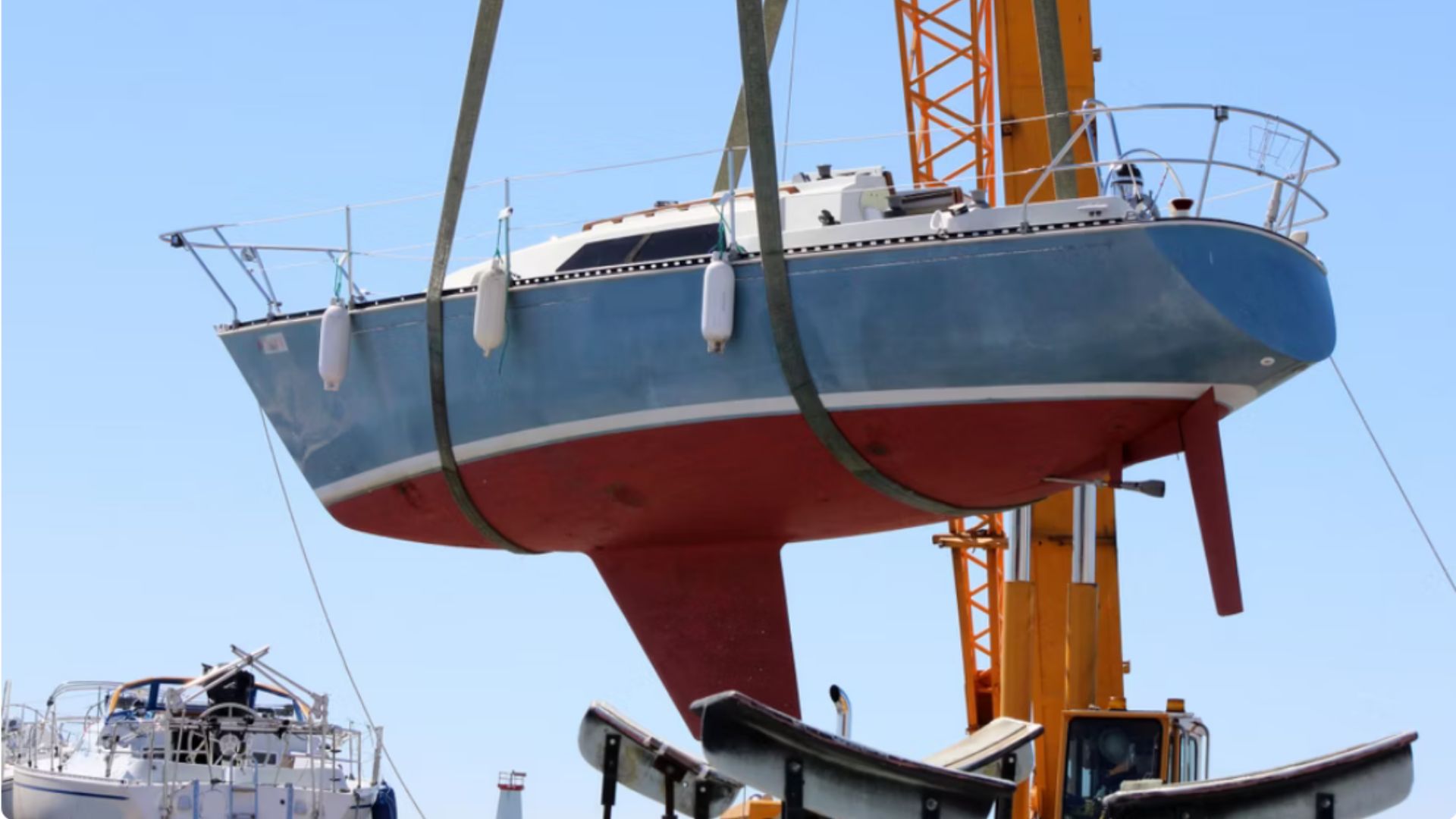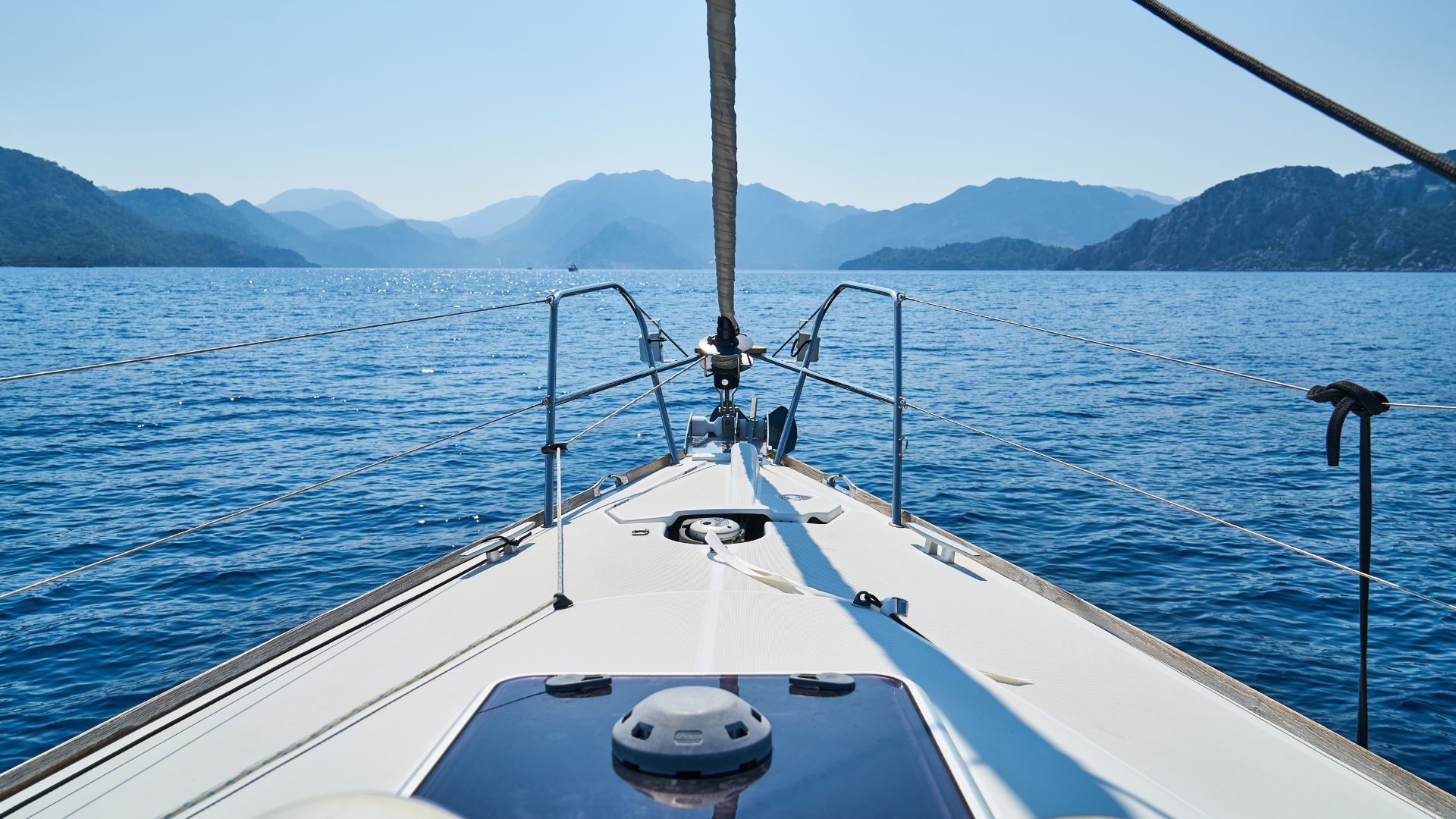
Compass Rose: what is it and why is it called that way?
The Compass Rose is a widely recognized graphic symbol among the nautical world, used to show course and orientation.
You've seen it many times throughout your life, but perhaps you didn't know its exact name. Throughout history, this symbol has been essential for cartography, navigation and orientation on land and sea.
What is the Rose of the Winds? Meaning
It is a circular graphic symbol that has marked around it the directions in which the circumference of the horizon is divided.
It is used to represent the geographic and cardinal directions on a compass or a map, it can also represent the ocean currents, or even the position of the stars and constellations.
It looks like a stylized rose with different points or arrows pointing in various directions.
Each point of the rose represents a cardinal or intermediate direction, such as north, south, east, west, northeast, northwest, southeast and southwest. According to the "nautical dictionary" it also represents four lateral courses, eight collaterals and 16 co-colaterals.
The compass rose symbol is used on maps, compasses and other orientation devices to help people determine their location and direction.
For example, on a compass, the magnetic needle points to the Earth's magnetic north, and by aligning it with the point on the compass rose that indicates north, one can determine the direction in which one is facing.
Origin of the compass rose
The history of the compass rose dates back to ancient Greece and Rome, although its shape and meaning have evolved over time. There are geometric images from the 13th century found in Venice, Majorca and Genoa, where the compass rose appeared in seafarers' instruction books.
During the 15th and 16th centuries, the compass rose became a crucial tool for European explorers who ventured into unknown seas in search of new trade routes and territories. It was a period in which navigational techniques were refined, and the compass rose played an essential role in guiding ships.
Many attribute the invention of the Wind Rose to Raimundo Lulio, a Majorcan philosopher, theologian and missionary who would have named and updated this invention at the end of the 13th century. It is important to note that the compass rose as a symbol of geographic orientation and navigation already existed in antiquity, long before the time of Lulio, since the Greeks and Romans used similar representations of geographic directions in their navigation systems.
Usefulness and importance in navigation
During the Age of Exploration, as navigators ventured into unknown seas in search of new trade routes and territories, the ability to determine precise direction and location became crucial to the survival and success of their voyages.
The compass rose served a variety of purposes, ranging from aiding navigation to ensuring the correct location of a building on the ground.
Seafarers used it to orient themselves and determine wind direction, allowing them to plot routes and maintain their desired course. In addition to its practical utility, it also acquired a symbolic significance. It was considered a symbol of protection and good fortune for sailors, helping them to find their way across the oceans and return safely to port.
The compass rose has also influenced geographical nomenclature and the way we name locations. For example, when we say that something is north of a city or east of a mountain, we are using the cardinal directions derived from this symbol.
Its use is widespread, in fact, it is found in almost all navigation systems, including GPS, NDB and VOR.
Types and names of the Compass Rose
Its symbol always has the same geographical shape, a star. However, it can be represented differently according to the number of points and each one will be a name.
Four-pointed Rose:
This name of compass rose is the simplest and most common. It shows the main cardinal points:
- North
- South
- East
- West
Which in turn can represent four courses.
Another information that we can know and can be seen in this four-pointed, is the representation of sunrise and sunset. And it is in the east where the sunrise occurs and in the west where the sunset occurs.
This simplified version of the compass rose is used in situations where basic orientation is required and it is not necessary to represent intermediate directions. It is common in everyday maps and compasses, where accuracy in orientation is less critical than in more detailed maritime or land navigation situations.
Eight-pointed compass rose:
If to the four-pointed one (cardinal points) we add both cardinal and ordinal directions, it becomes an 8-pointed compass rose. In it you can see the different directions:
- North
- Northeast
- Northwest
- Southwest
- Southeast
- South
- West
- East
Interestingly, this 8-point classification coincides with the main sea winds, since according to the origin we can identify which wind it is, so once again, this name of the wind rose provides us with added and interesting information for navigation.
Sixteen-pointed compass rose:
If to the compass rose of the four winds, we add all the secondary cardinal, ordinal and intercardinal directions it will have 16 points. These intermediate cardinal points are known as "half winds".
This 16-pointed compass rose provides greater accuracy in orientation and navigation, which is especially useful in situations where a high degree of directional accuracy is required. It is used in maritime navigation, aviation and detailed cartography to plan routes and calculate more accurate courses.
- North (N)
- North-North-East (NNE)
- North-East (NE)
- East-North-East (ENE)
- East (E)
- East-South-East (ESE)
- Southeast (SE)
- South-South-East (SSE)
- South (S)
- South-South-East (SSE)
- South-West (SW)
- West-Southwest (WSW)
- West (W)
- West-Northwest (WNW)
- Northwest (NW)
- North-North-West (NNW)
Thirty-two-pointed compass rose:
The most complete of all. It represents the same amount of directions that the wind takes, the 32 different possible courses.
It is divided into 4 quadrants in a clockwise direction and each of the 32 directions has a difference of 10 degrees (so, if all the directions are added together, we will have 360 degrees).
The name of the 32-point compass rose tells us that it is exceptionally detailed and is used primarily in specialized applications where extremely precise orientation is required, such as in aerial navigation, astronomy, topographic mapping, and in advanced navigation situations at sea.
It provides greater granularity in determining directions, which can be essential in certain contexts.
In short, the compass rose, throughout its rich history and evolution, has been an essential tool for navigation, orientation and geographical representation.
Its usefulness transcends the boundaries of time and technology, as it continues to be a universally recognized symbol and an invaluable tool for explorers, sailors and travelers around the world.













_v2.svg)
_v2.svg)









_v2.svg)


